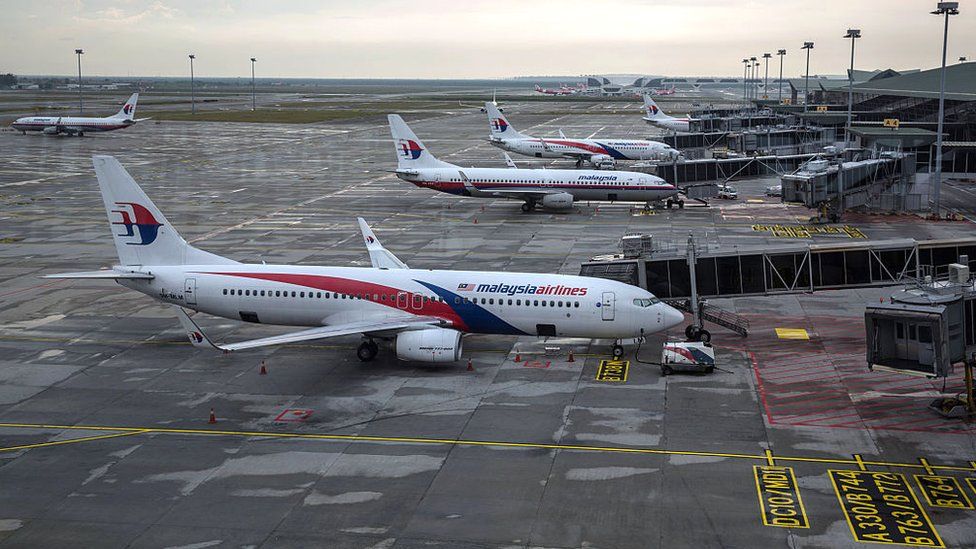The disappearance of Malaysia Airlines Flight MH370 remains one of the greatest mysteries in aviation history. Despite extensive investigations and search efforts spanning over a decade, the fate of the Boeing 777 and its 239 passengers and crew remains unresolved. The recent investigation has once again failed to yield new clues, leaving families and experts frustrated and searching for answers.
The Disappearance
On March 8, 2014, Malaysia Airlines Flight MH370 departed from Kuala Lumpur International Airport bound for Beijing Capital International Airport. About an hour into the flight, the aircraft lost contact with air traffic control and veered off course, heading into the vast expanse of the southern Indian Ocean. The last known communication was a routine sign-off from the cockpit as the plane left Malaysian airspace.
Extensive Search Efforts
The search for MH370 has been one of the most extensive and expensive in aviation history. Initial efforts focused on the South China Sea and Gulf of Thailand, but data from satellite communications indicated that the plane had turned westward and then south, prompting a massive underwater search in the southern Indian Ocean. Despite covering over 120,000 square kilometers of seabed, the main wreckage has not been found.
Recent Investigation Findings
The most recent investigation, led by international teams of experts, aimed to re-examine the available data and explore new areas based on refined drift analysis of debris. Despite these efforts, the investigation has failed to uncover any new clues or evidence regarding the final resting place of MH370.

Key Points of the Investigation:
- Debris Analysis: Several pieces of debris confirmed to be from MH370 have washed up on the shores of islands in the Indian Ocean. However, these findings have not led to the discovery of the main wreckage.
- Satellite Data: The Inmarsat satellite data, which provided the initial clues to the plane’s southern trajectory, remains one of the few concrete pieces of evidence. Yet, it has not been enough to pinpoint the exact location of the aircraft.
- Oceanographic Studies: Extensive oceanographic studies and drift modeling have been conducted to estimate where debris might have floated from the crash site. These studies have helped refine search areas but have not led to definitive results.
Frustration and Unanswered Questions
The continued lack of answers has been a source of immense frustration for the families of the passengers and crew. Many have criticized the handling of the investigation and the communication from authorities. Theories about what happened to MH370 range from mechanical failure to more sinister scenarios, but without the black boxes or main wreckage, these remain speculative.

The Future of the Search
The search for MH370 has faced numerous challenges, including the vast and remote search area, deep ocean depths, and limited technology. While the recent investigation has not yielded new clues, many believe that advancements in technology and ocean exploration may one day provide the answers.
Conclusion
The disappearance of Malaysia Airlines Flight MH370 is a tragic and perplexing event that continues to haunt the aviation industry and the families affected. Despite the extensive investigations and search efforts, the mystery remains unsolved. The latest investigation’s failure to yield new clues underscores the complexity and challenges of finding the missing aircraft. Until new evidence emerges, the fate of MH370 remains one of the most enduring mysteries of our time.






